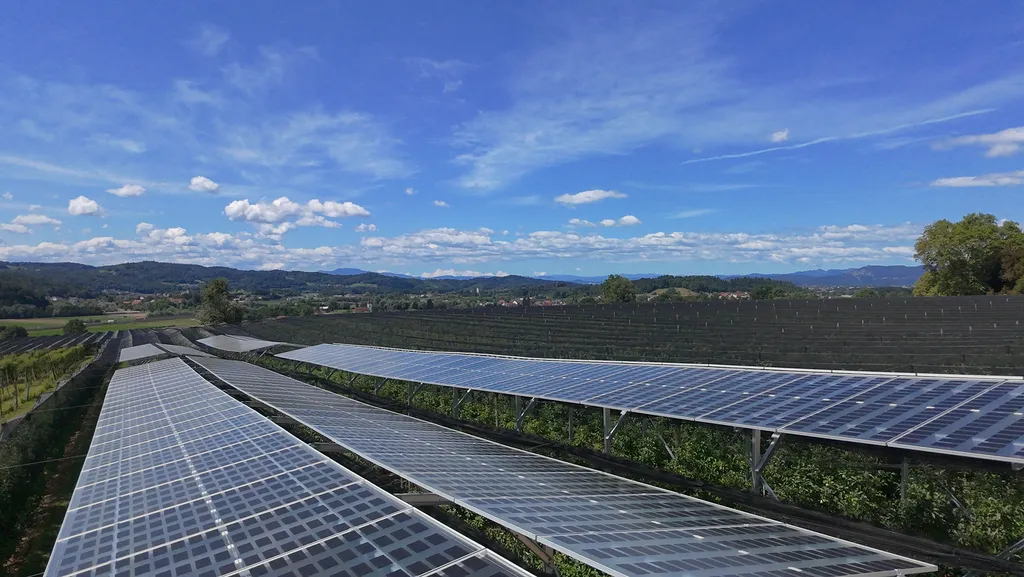In the heart of Slovenia, researchers are tackling a pressing question for the future of urban agriculture: how can we sustainably power automated farming systems when solar energy is anything but consistent? A recent study published in *Ventil* sheds light on this challenge, offering insights that could reshape the way we think about automated farming and renewable energy integration.
The study, led by Domen Šeruga from the University of Ljubljana’s Faculty of Mechanical Engineering, explores the operational capabilities of automated agricultural robots powered by solar energy. The research focuses on the variability of solar energy availability across different seasons and its impact on the performance of robotic fleets.
At the core of the research is a Li-ion battery pack containing seven cells, with a total capacity of 20 Ah and a nominal voltage of 24 V. This setup can power a 100 W system for approximately four hours. The study analyzed how many such battery packs could be charged using photovoltaic panels of a fixed size under different weather conditions and seasons.
The findings are striking. On a cloudy January day in Ljubljana, the selected photovoltaic panels could only charge one battery pack. However, on a clear January day, this number jumps to 20. The disparity becomes even more pronounced in June, with clear skies allowing for the charging of up to 55 battery packs.
“The variability in solar energy availability has a direct impact on the operational efficiency of automated farming systems,” explains Šeruga. “Understanding these fluctuations is crucial for designing robust power systems and algorithms that can adapt to changing conditions.”
The commercial implications for the agriculture sector are significant. As urban agriculture continues to grow, the need for sustainable and efficient farming practices becomes ever more pressing. Automated systems powered by renewable energy sources like solar can reduce labor costs, increase productivity, and minimize environmental impact. However, the variability in solar energy availability poses a challenge that must be addressed to ensure the reliability and efficiency of these systems.
Šeruga’s research highlights the importance of considering seasonal and weather-related factors when designing power systems for automated farming. By doing so, developers can create more resilient and adaptable systems that can operate efficiently regardless of the time of year or weather conditions.
The study also underscores the need for further research and innovation in the field of renewable energy integration. As the agriculture sector increasingly turns to automation and renewable energy sources, understanding and mitigating the challenges posed by variable energy availability will be key to unlocking the full potential of these technologies.
In the words of Šeruga, “The future of sustainable urban agriculture lies in our ability to harness and adapt to the variability of renewable energy sources. This research is a step towards achieving that goal.”
As the agriculture sector continues to evolve, the insights from this study could pave the way for more efficient, sustainable, and resilient automated farming systems. By addressing the challenges posed by variable solar energy availability, researchers and developers can help shape a future where urban agriculture thrives, powered by the sun.

